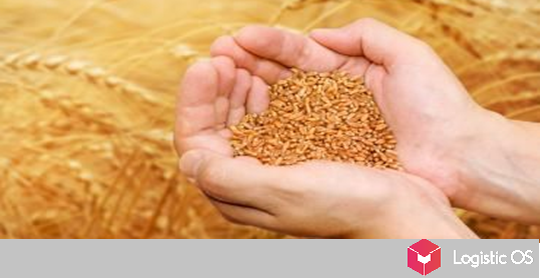According to the latest data, the total sowing area this season should remain unchanged, but in a number of regions there is a downward trend.
Experts predict that the total area under corn crops in the Russian Federation this year will be about 4 million hectares.
At the same time, a significant part of this crop, on an area of about 2.7 million hectares, will be grown for grain.
This is practically the same level that occurred in 2023. Analysts from the breeding and seed production company Ruseed share this information.
At the same time, there is a trend towards reducing acreage. The main reason for this was the decrease in production profitability, which affected not only corn, but also a number of other crops.
There is already a rough understanding of how corn crops will be distributed throughout the country.
As for the central part of the Russian Federation, the largest part of this crop will most likely be planted there, about 1.4 million hectares. Despite the fact that this is a decrease of 2% compared to last year, it is still in line with the long-term average.
But in the south of the country, on the contrary, it is planned to expand corn plantings by about 6%.
In the Urals, an increase of up to 2% is also expected; in the North Caucasus Federal District, the area under corn should remain unchanged.
Finally, in the northwestern regions, the area under cultivation is expected to increase by almost 5%.
In general, it is expected that 30 regions in the Russian Federation will immediately increase corn crops. First of all, we are talking about such regions as Voronezh, Rostov, and Krasnodar Territories.
One of the main factors that is important for successful sowing is the availability of seeds.
And in this regard, most likely, there is no reason for concern. According to the latest data, Russian farmers today have about 100 thousand tons of corn seeds, despite the fact that the required level is about 81 thousand tons.
The decline in the profitability of corn production is directly related to the fact that prices for this crop are currently falling.
For example, in recent days, a ton of corn has fallen in price by about 50 rubles; in the South it is 11 thousand rubles, in the center of the country it is about 8,500 rubles.
It is expected that there may be further declines in corn prices in the near future due to the high pace of harvesting in Brazil.
Another factor may be the high level of stocks held by Russian farmers, which have not yet been sold, and this reduces the motivation of producers to expand production this season.

